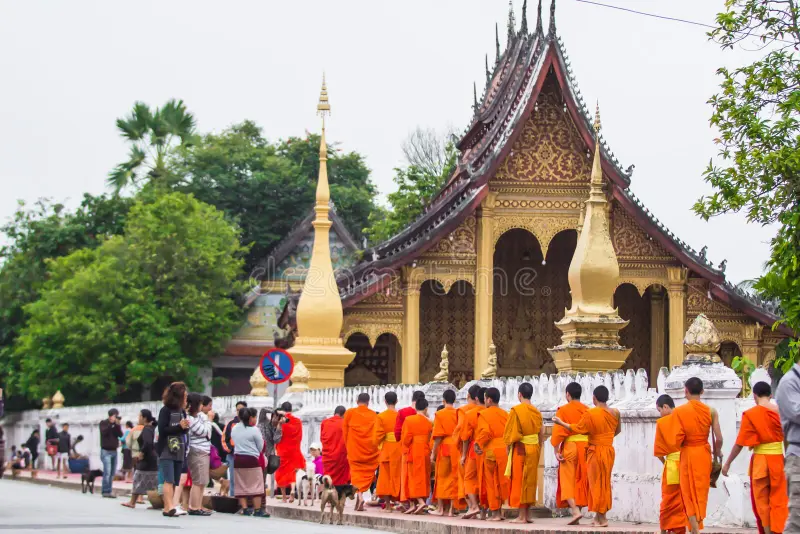Monk-Led Travel in Laos: Rediscovering Luang Prabang’s Sacred Traditions
In the heart of Laos, the ancient city of Luang Prabang is undergoing a thoughtful transformation. Once a quiet spiritual sanctuary, this cultural capital is now home to a growing movement of monk-led travel experiences in Laos—designed to reconnect visitors with the city’s Buddhist roots and foster ethical, respectful tourism.
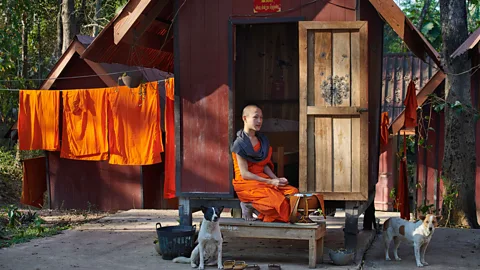
Luang Prabang sits at the meeting point of the Mekong and Khan Rivers, earning its place as a UNESCO World Heritage site. The city showcases ornate temples, peaceful monasteries, and a deeply rooted spiritual culture. With around 1,000 monks living among a population of just 50,000, many people consider it to have the highest monk-to-resident ratio in the world.
Since its launch in 2021, the Laos-China high-speed railway has significantly boosted tourist arrivals. Consequently, the once-tranquil city of Luang Prabang has experienced profound changes in its cultural and spiritual landscape. As camera-wielding tourists crowd sacred ceremonies and sacred statues are misused for photo ops, locals have grown concerned about the erosion of the city’s spiritual identity.
Spiritual Revival Through Monk-Led Travel in Laos
Anat Khamphew, a former monk from Wat Xieng Mouane, became one of the first to act. Disturbed by the commercialisation of sacred rituals like the Tak Bat alms-giving ceremony, he launched a YouTube channel to teach visitors how to respectfully engage with Buddhism in Laos.
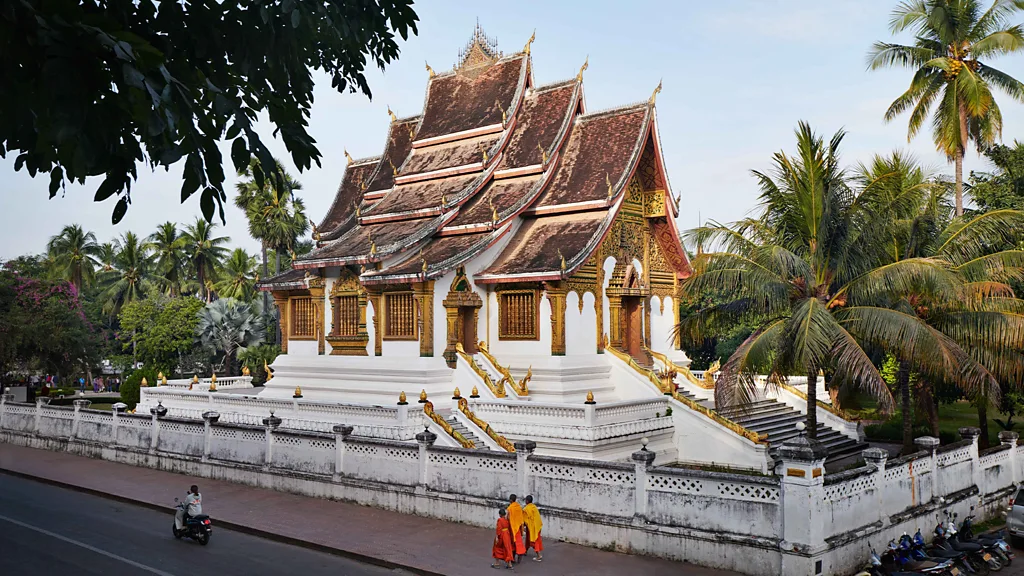
“Monk-led travel experiences in Laos aren’t just about sightseeing,” Khamphew explains. Ultimately, these experiences aim to lead visitors on mindful, culturally respectful journeys that bring lasting benefits to both travelers and the local community.
Khamphew’s initiative inspired others. Former monks in Luang Prabang have founded companies like Orange Robe Tours and Spirit of Laos, which create immersive Buddhist travel experiences. From temple meditations to learning about monastic life, these tours offer travellers a genuine window into Lao spirituality.
Purpose-Driven Businesses Emerging from Monk-Led Travel in Laos
Several monk-led initiatives go beyond tourism. Meanwhile, one of Khamphew’s former classmates founded LaLaLaos, a boutique initiative focused on empowering girls from remote rural areas by funding their secondary education. In addition, another ex-monk established Kaiphaen, a vocational training restaurant that equips underprivileged youth from surrounding villages with valuable skills in hospitality and culinary arts.
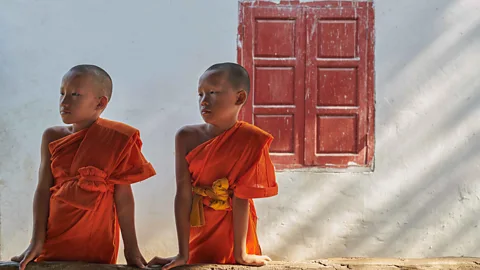
“These businesses are built on compassion and community,” says Khamphew. “They give tourists a way to give back, and that’s what good karma is truly about.”
The Soul of Luang Prabang: How Monk-Led Travel Shapes Laos’ Spiritual Heart
Luang Prabang draws its name from the Phra Bang, Laos’ most sacred Buddha image, which resides in a temple within the National Museum complex. This golden statue symbolizes the spiritual heartbeat of the nation.
From daily alms ceremonies to community prayers and devotional rituals, Buddhism is woven into every aspect of daily life here. The city’s unique architecture—blending Laotian, Buddhist, and French colonial influences—adds to its timeless appeal.
Yet, this sacred rhythm is being challenged. “What was once a spiritual destination is now a hotspot for influencers,” laments Khamphew. “Many visitors follow top-10 lists, chasing photos instead of meaning. They miss the deeper beauty of Luang Prabang.”
Preserving the Tak Bat Tradition
Perhaps no ceremony reflects this cultural shift more than the Tak Bat. Held at dawn, it features monks walking barefoot in silence to receive alms from locals. Once a serene ritual, it’s now often interrupted by tourists taking flash photos or offering unsuitable food.
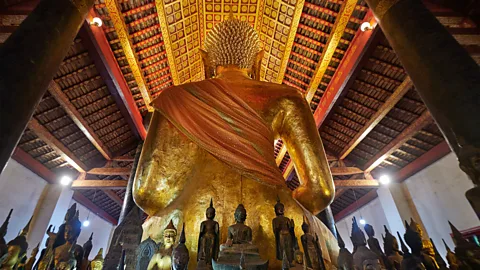
Local guide and former nun Parn Thongparn says, “Some visitors don’t understand the sacredness of the moment. We encourage alternative experiences that still honour our traditions.”
Intentional Offerings in Monk-Led Travel Across Laos
Moreover, food offerings—an essential aspect of monk-led travel experiences—must adhere to specific spiritual guidelines rooted in Buddhist tradition. “Meals should be fresh, simple, vegetarian, and made with good intention,” says Linda Heu, a cook at Wat Munna. “It’s not just about what’s given, but the heart behind it.”
A New Approach: Spirit of Laos
In 2024, Bounthan Sengsavang, a former novice monk, launched Spirit of Laos—a tour company dedicated to authentic, monk-led travel experiences in Laos. Rather than rushing guests through temples, Sengsavang invites them to engage deeply: meditate with monks, learn Buddhist philosophy, and participate in daily rituals.
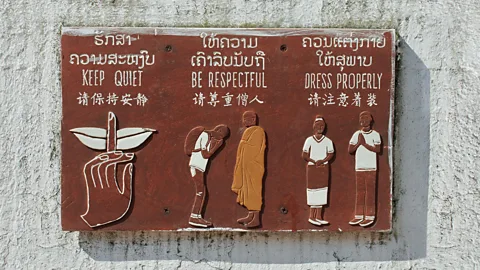
“Only someone who has lived the monastic life can truly explain it,” he says. “Buddha taught through lived experience, and that’s how I guide too.”
Living Simply, Learning Deeply
Sengsavang avoids overloading itineraries. Instead, he brings visitors to a few meaningful sites where they observe the quiet routines of monastic life. “Monks renounce material possessions to focus on ethical living, meditation, and service,” he explains. “They rely entirely on the community for their sustenance. It teaches humility.”
Meditation, Mindfulness, and Mutual Respect
Visitors can join sessions of chanting, prayer, and even guided meditation. “Meditation is a life skill,” says Sengsavang. “You don’t need years of training. A few days here can change how you see the world.” He adds that monks often enjoy chatting with guests afterward—it’s a chance to practice English and build cross-cultural connections.
The Spiritual Gift to Mothers
In Laos, it’s customary for boys to enter a monastery, sometimes for a short time, sometimes for life. This isn’t just an educational step—it’s deeply symbolic. “When a son becomes a monk, his merit elevates the karma of his family, especially his mother,” Sengsavang shares. “It’s considered one of the highest forms of gratitude.”
Facing Life’s Final Lesson
Sengsavang doesn’t shy away from reality either. His tours may include visits to Buddhist cremation ceremonies—solemn but educational. “Death reminds us how short life is,” he reflects. “Seeing it can inspire people to live more purposefully. That insight, even for a visitor, is a form of awakening.”
